How to Read the Sky: A Step-by-Step Guide to Stargazing & Finding Direction
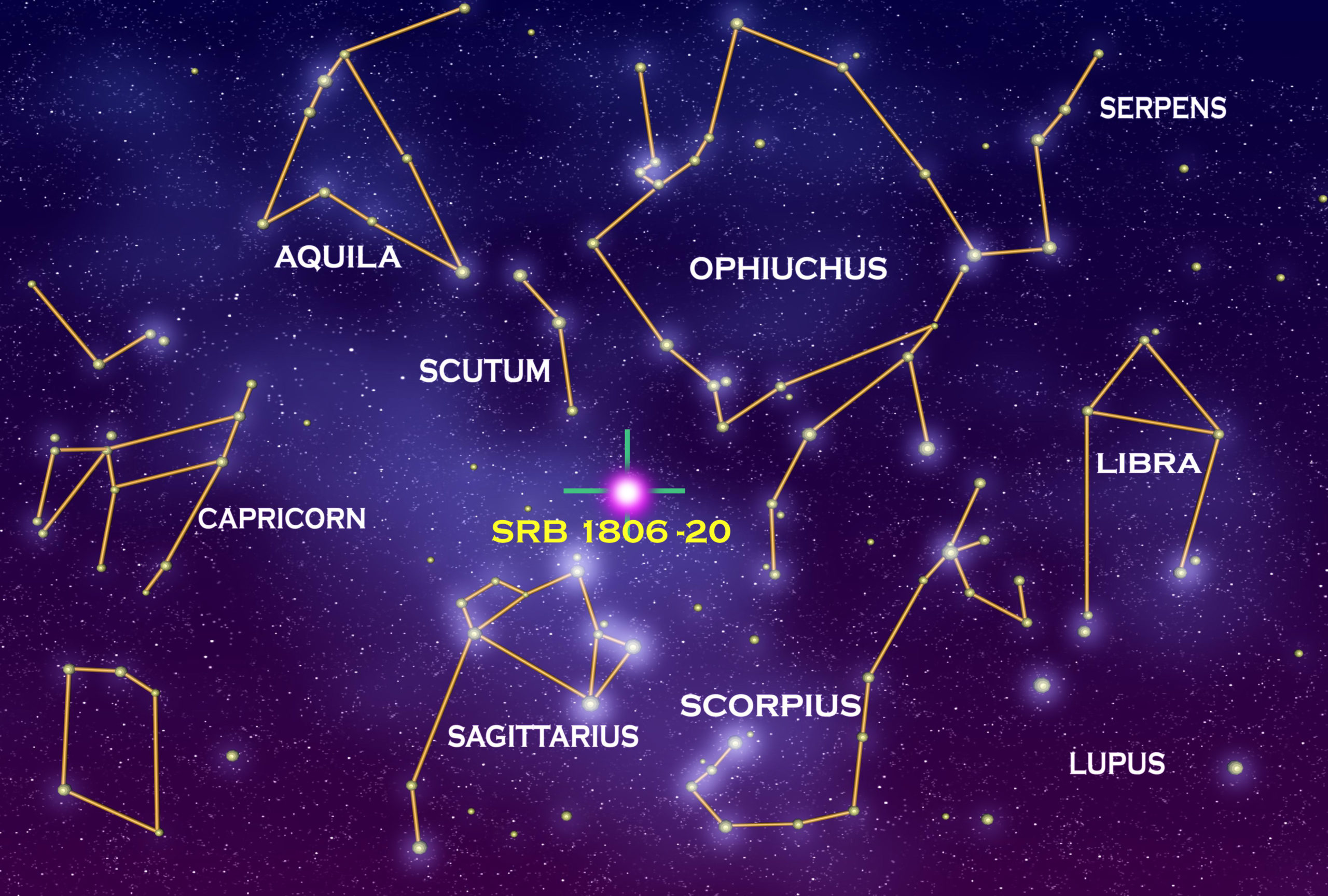
Ever wondered how people in ancient times crossed oceans or deserts without maps or compasses? The answer lies above — in the stars, Sun, Moon, and planets. In this post, you’ll learn how to stargaze, find direction, and understand the sky like our ancestors.
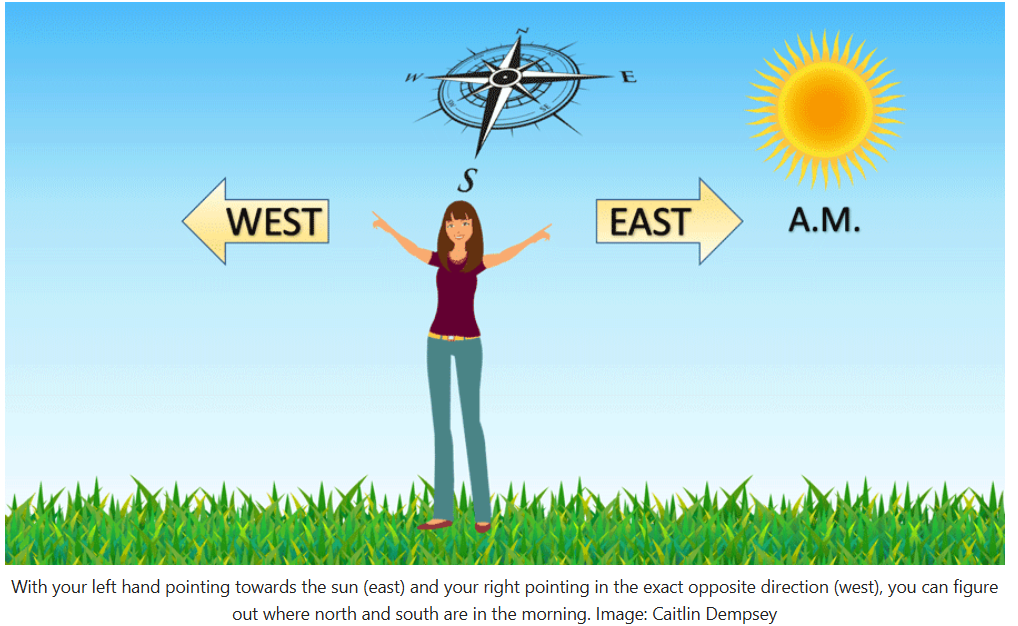
Step 1: Understand the Cardinal Directions
Let’s start with East, West, North, South. To read the sky, you must know where you’re standing:
- The Sun rises in the East and sets in the West.
- At noon, the Sun is due South in the Northern Hemisphere.
- Use your shadow: In the morning it points West, in the evening it points East.
📍Pro tip: Stand with the sunrise on your left — you’re facing North!
📖 Referenced from: Geography Realm – Sun-Based Direction / https://www.thedailyeco.com/why-does-the-sun-rise-in-the-east-and-set-in-the-west-497.html
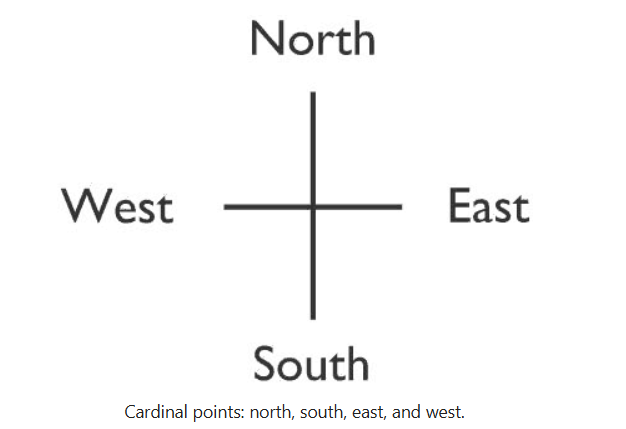
Step 2: Use the Moon and Venus to Navigate
- The Moon follows a path similar to the Sun: East to West.
- A waxing Moon (opens right) = seen in western sky after sunset.
- A waning Moon (opens left) = seen before sunrise in the east.
- Venus, the brightest “star”, is seen either just before sunrise (East) or just after sunset (West).
These celestial markers helped travelers orient themselves at night. ref:https://whenthecurveslineup.com/2013/11/27/venus-as-a-morning-star-2014/
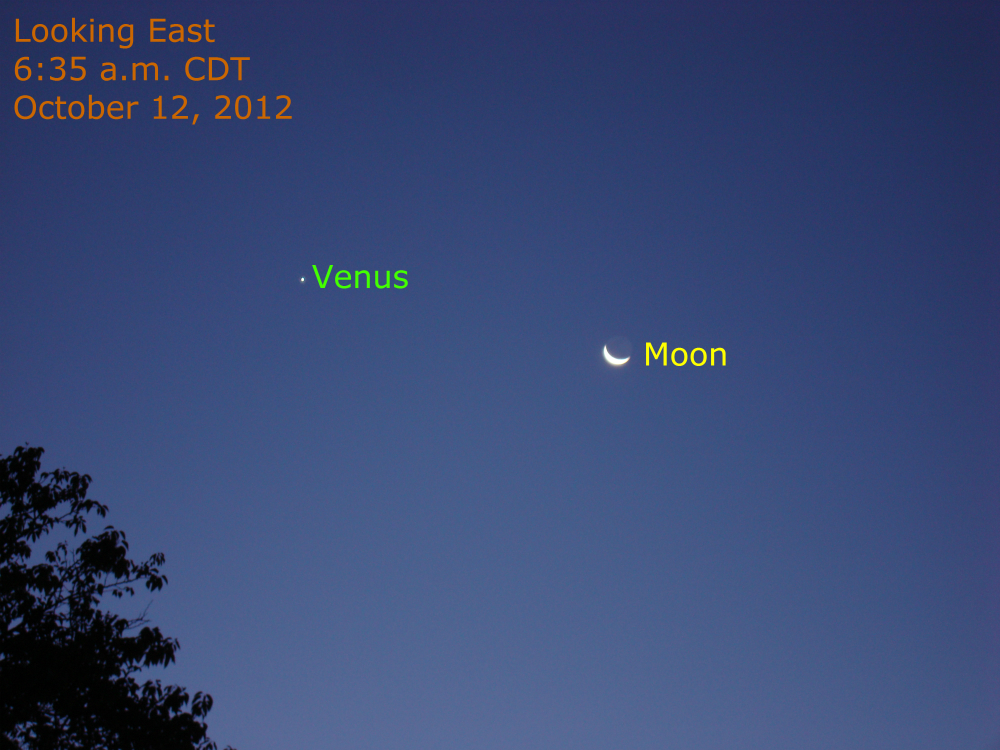
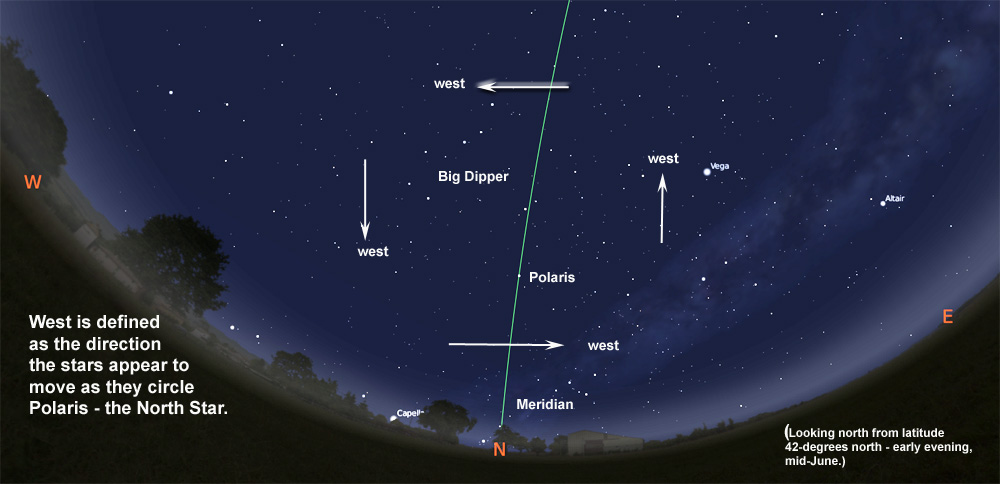
Step 3: Use Star Maps and Mobile Apps
Modern tools can make stargazing easier:
- Apps: Sky Map, Stellarium, Star Walk.
- Star Charts: Get monthly charts for your location at The Night Sky.
Use them to match what you see in the sky — a digital compass with ancient roots!
Step 4: Start with Easy Constellations
To recognize the sky, begin with famous patterns:
| Name | Shape/Story | Season |
|---|---|---|
| Orion | Hunter with a belt/sword | Winter |
| Big Dipper | Spoon/ladle shape | All year |
| Scorpius | Curved tail like a scorpion | Summer |
| Sagittarius | Looks like a teapot | Summer |
| Pleiades | Cluster of 7 sister stars | Winter |
🔗 Use these patterns to “jump” from one part of the sky to another — just like celestial stepping stones.
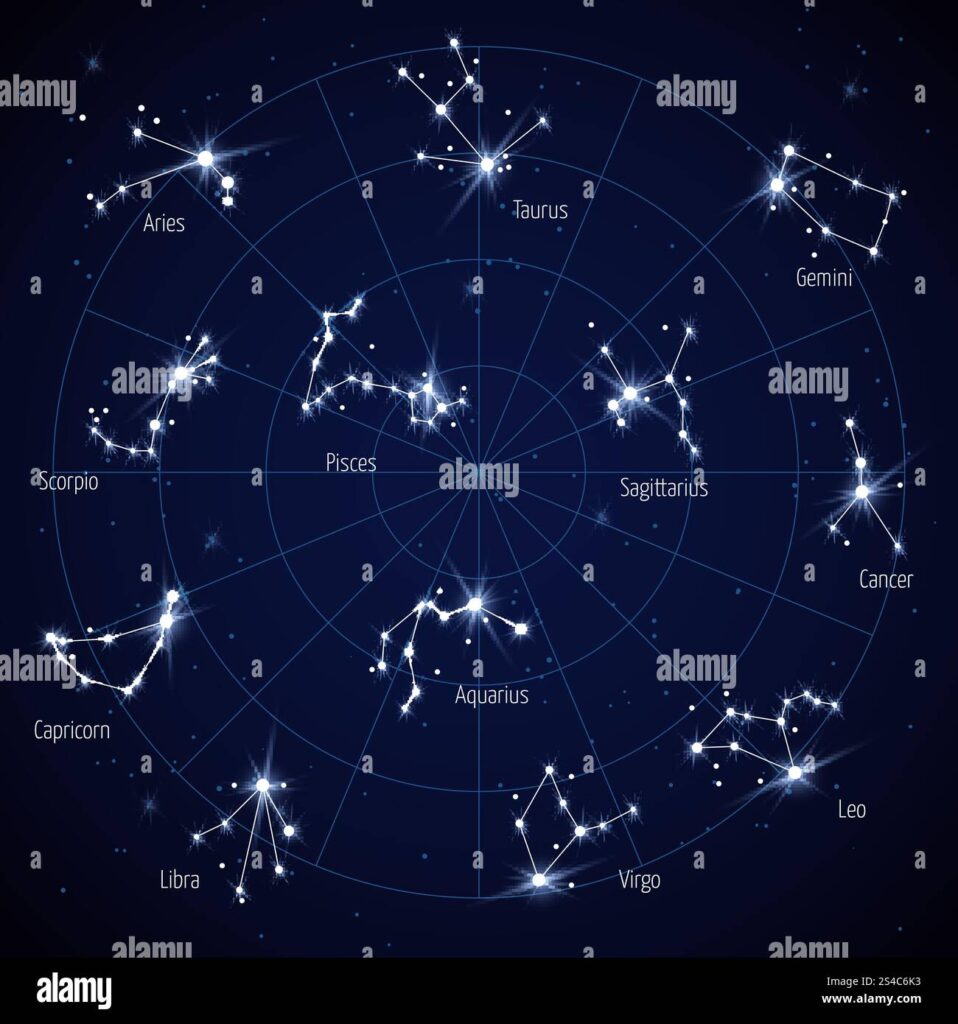
Step 5: Learn Ancient Star-Based Navigation (Deep Insight from AstroJourney)
Ancient sky navigators used rising and setting points of stars to find direction. But it’s not always simple — sometimes East looks like West!
As described in AstroJourney’s post, stars rise in the East and set in the West, but due to Earth’s tilt and rotation, their motion can appear curved or diagonal — not straight up or down.
Key Lessons:
- Stars rise at different angles depending on latitude and time of year.
- At certain locations, east-rising stars may appear from the northeast, not true East.
- This apparent shift is why early navigators needed to observe over time and track rising/setting positions precisely.
This explains why sailors in the Pacific memorized star paths like a “sky compass”.
Step 6: RA & Dec – The Sky’s Coordinate System
To pinpoint celestial bodies:
- RA (Right Ascension) = sky’s longitude (measured in hours).
- Dec (Declination) = sky’s latitude (degrees above/below celestial equator).
Modern telescopes and star trackers use this to find distant galaxies and comets.
Step 7: Build Your Stargazing Kit
| Tool | Why Use It? |
|---|---|
| Binoculars | Best for Moon, clusters, planets |
| Telescope | For deep-sky objects like galaxies |
| Red Light | Helps read maps in dark without glare |
| Notebook | Track what you see nightly |
Final Tip: Observe Regularly — the Sky Changes!
- Watch the Moon’s path each night — it’s always shifting.
- Identify one new constellation per month.
- Compare your observations with ancient techniques.
Your night sky will become a familiar friend — full of direction, stories, and science.


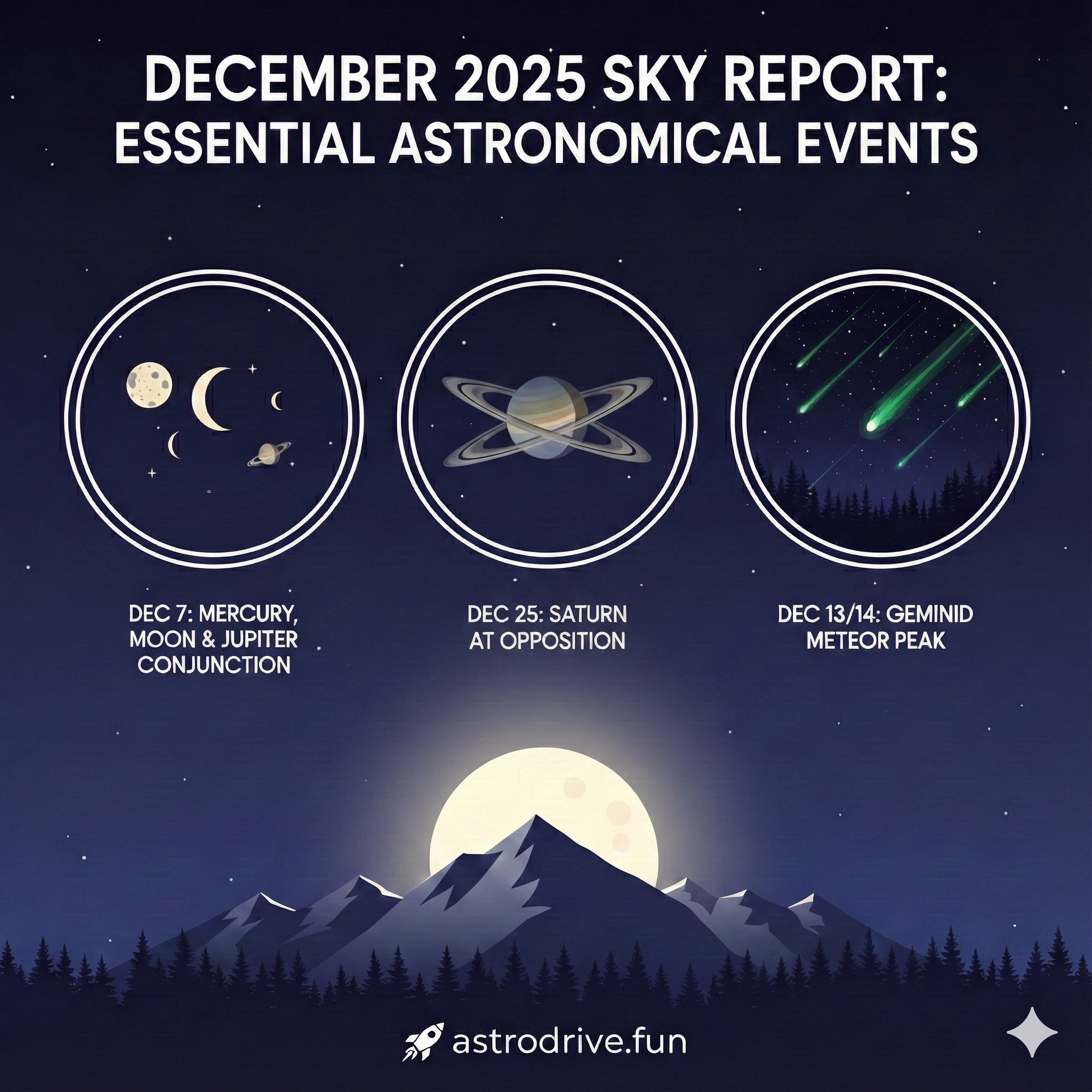
That’s so deep!
How to Read the Sky: A Step-by-Step Guide to Stargazing & Finding Direction – AstroDrive
[url=http://www.geqfq39a9c2w6g5gc7881868oxk6zk10s.org/]uswchihzcp[/url]
swchihzcp http://www.geqfq39a9c2w6g5gc7881868oxk6zk10s.org/
aswchihzcp
wow!! love the topic/title
Alright, gonna try out gbetmax sometime, things seem pretty decent here. Check it out gbetmax
Yo, vvwin is pretty cool. The site is easy to use, and they’ve got a lot of different games. Check it out and see what you think. You may love it! vvwin
777xatq, hey, not bad. I’m liking the variety of games. Seems like a good place to try your luck! Go on and see: 777xatq.